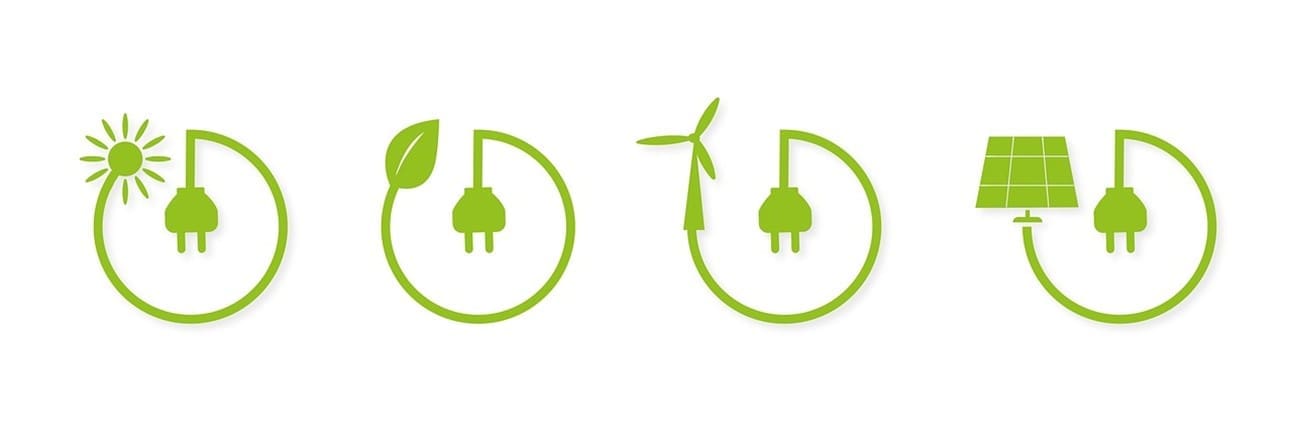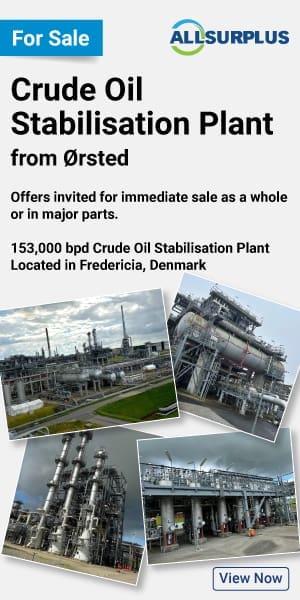The global shift toward renewable energy sources is not just a trend; it represents a fundamental change in how we produce and consume energy. As concerns about climate change and environmental degradation intensify, nations worldwide are committing to ambitious targets for reducing carbon emissions. The transition to renewable energy is essential in this context, providing a cleaner, more sustainable alternative to fossil fuels. This article explores various renewable energy sources, their potential for investment, and the role they play in shaping a sustainable future.
Understanding Renewable Energy
Renewable energy is derived from natural processes that are continuously replenished. Unlike fossil fuels, which are finite and release harmful emissions when burned, renewable sources offer a pathway to sustainable energy production. The primary types of renewable energy include:
- Solar Energy: Harnessed from sunlight, solar energy is captured using photovoltaic cells or solar thermal systems.
- Wind Energy: Generated by converting the kinetic energy of wind into electricity through wind turbines.
- Hydropower: Utilizes the flow of water to generate electricity, typically through dams or river systems.
- Biomass: Involves using organic materials, such as plant or animal waste, to produce energy.
- Geothermal Energy: Taps into the Earth’s internal heat to generate electricity or provide direct heating.
Each of these sources contributes to a diverse energy mix, reducing dependency on fossil fuels and lowering greenhouse gas emissions.
The Importance of Transitioning to Renewable Energy
Transitioning to renewable energy is crucial for several reasons:
- Environmental Benefits: Renewable energy sources produce little to no greenhouse gas emissions, significantly reducing air pollution and mitigating climate change.
- Energy Security: By investing in local renewable resources, countries can reduce their reliance on imported fossil fuels, enhancing energy independence.
- Economic Growth: The renewable energy sector is a growing market that creates jobs in manufacturing, installation, and maintenance.
- Sustainability: Renewable sources are inexhaustible over human timescales, ensuring a long-term energy supply.
As governments and businesses increasingly recognize these benefits, the role of renewable energy investors becomes more prominent.
Types of Renewable Energy Sources
Solar Energy
Solar energy is one of the most abundant renewable resources available. It can be harnessed through two main technologies:
- Photovoltaic (PV) Systems: These systems convert sunlight directly into electricity using solar panels made of semiconductor materials.
- Solar Thermal Systems: These systems use sunlight to heat a fluid, which then generates steam to power a turbine.
Advantages of Solar Energy
- Scalability: Solar installations can range from small residential rooftops to large utility-scale solar farms.
- Cost Reduction: The cost of solar technology has decreased significantly over the past decade, making it more accessible to investors.
- Low Operating Costs: Once installed, solar systems require minimal maintenance and have low operating costs.
Wind Energy
Wind energy is generated by converting the kinetic energy of wind into electricity using turbines. There are two main types of wind energy systems:
- Onshore Wind Farms: Located on land, these farms can be installed in various terrains.
- Offshore Wind Farms: Situated in bodies of water, offshore wind farms benefit from stronger and more consistent winds.
Advantages of Wind Energy
- High Efficiency: Wind turbines can generate electricity at a lower cost than fossil fuels in many regions.
- Job Creation: The wind energy sector has created numerous jobs in manufacturing, installation, and maintenance.
- Minimal Environmental Impact: Wind farms have a smaller environmental footprint compared to fossil fuel extraction and combustion.
Hydropower
Hydropower is one of the oldest and most established renewable energy sources. It generates electricity by harnessing the energy of flowing or falling water, typically through dams.
Advantages of Hydropower
- Reliable and Consistent: Hydropower plants can provide a steady supply of electricity, making them a reliable energy source.
- Energy Storage: Pumped storage hydropower can store energy for later use, helping to balance supply and demand.
- Flood Control: Dams can help manage water flow and reduce the risk of flooding in downstream areas.
Biomass
Biomass energy is derived from organic materials, including agricultural residues, wood, and waste. It can be converted into electricity, heat, or biofuels.
Advantages of Biomass
- Waste Reduction: Utilizing waste materials for energy reduces landfill use and greenhouse gas emissions.
- Carbon Neutrality: Biomass is considered carbon neutral because the CO2 released during combustion is offset by the CO2 absorbed during the growth of the biomass.
- Versatility: Biomass can be used for various applications, including electricity generation, heating, and transportation fuels.
Geothermal Energy
Geothermal energy harnesses heat from within the Earth to generate electricity or provide direct heating. It is particularly effective in regions with high geothermal activity.
Advantages of Geothermal Energy
- Low Emissions: Geothermal power plants produce minimal greenhouse gas emissions compared to fossil fuel plants.
- Base Load Power: Geothermal energy can provide a continuous supply of electricity, making it a reliable energy source.
- Small Land Footprint: Geothermal plants require less land compared to solar and wind farms.
The Role of Renewable Energy Investors
As the demand for clean energy solutions grows, renewable energy investors play a critical role in financing and developing new projects. Here are some key aspects of their involvement:
Capital Investment
Renewable energy projects often require significant upfront capital. Investors provide the necessary funding to develop solar farms, wind farms, and other renewable energy installations. This investment can take various forms, including equity, debt financing, and public-private partnerships.
Risk Management
Investing in renewable energy involves risks, such as regulatory changes, market fluctuations, and technological advancements. Investors must assess these risks and develop strategies to mitigate them. Diversifying investments across different energy sources and geographical regions can help reduce risk exposure.
Policy Advocacy
Renewable energy investors often engage in advocacy efforts to promote supportive policies and regulations. This can include lobbying for tax incentives, renewable energy standards, and other measures that encourage investment in clean energy technologies.
Technological Innovation
Investors are increasingly interested in supporting innovative technologies that enhance the efficiency and effectiveness of renewable energy systems. This includes advancements in energy storage, smart grid technology, and energy management systems.
Future Trends in Renewable Energy
Emerging Technologies
The renewable energy sector is continually evolving, with new technologies emerging to improve efficiency and reduce costs. Some promising developments include:
- Energy Storage Solutions: Advancements in battery technology and other energy storage methods are crucial for balancing supply and demand in renewable energy systems.
- Hydrogen Production: Green hydrogen, produced using renewable energy, has the potential to revolutionize the energy landscape by providing a clean fuel alternative.
- Smart Grids: The integration of digital technology into energy systems allows for better management of energy resources and improved reliability.
Global Investment Growth
Investment in renewable energy is expected to continue growing as more countries commit to ambitious climate targets. According to industry reports, global investment in renewables is projected to reach trillions of dollars over the next few decades. This presents significant opportunities for renewable energy investors.
Policy Support
Governments worldwide are increasingly implementing policies to support the growth of renewable energy. This includes subsidies, tax incentives, and renewable energy targets. Investors should stay informed about policy developments to identify potential opportunities and risks.
Decentralized Energy Systems
The rise of decentralized energy systems, such as community solar projects and microgrids, is transforming the energy landscape. These systems empower individuals and communities to generate their own energy, reducing reliance on centralized power sources.
Challenges Facing Renewable Energy
Despite the many advantages of renewable energy, several challenges must be addressed:
Infrastructure Limitations
Many regions lack the necessary infrastructure to support large-scale renewable energy projects. Upgrading transmission lines and grid systems is essential for integrating renewable sources into the energy mix.
Intermittency Issues
Renewable energy sources, such as solar and wind, are inherently variable. Developing reliable energy storage solutions and grid management strategies is crucial for addressing these intermittency challenges.
Policy Uncertainty
Changes in government policies and regulations can create uncertainty for investors. A stable and supportive policy environment is essential for fostering long-term investment in renewable energy.
Competition from Fossil Fuels
Despite the growing popularity of renewable energy, fossil fuels still dominate the global energy landscape. Investors must navigate the competitive landscape and advocate for policies that level the playing field.
Conclusion
The transition to renewable energy is not only essential for mitigating climate change but also presents significant opportunities for investors. As the world moves towards a more sustainable energy future, the role of renewable energy investors will be critical in financing and developing innovative projects. By understanding the various renewable energy sources, their benefits, and the challenges ahead, investors can make informed decisions that contribute to a cleaner, greener world.
The future of renewable energy is bright, and with continued investment and innovation, it has the potential to reshape the energy landscape for generations to come.





